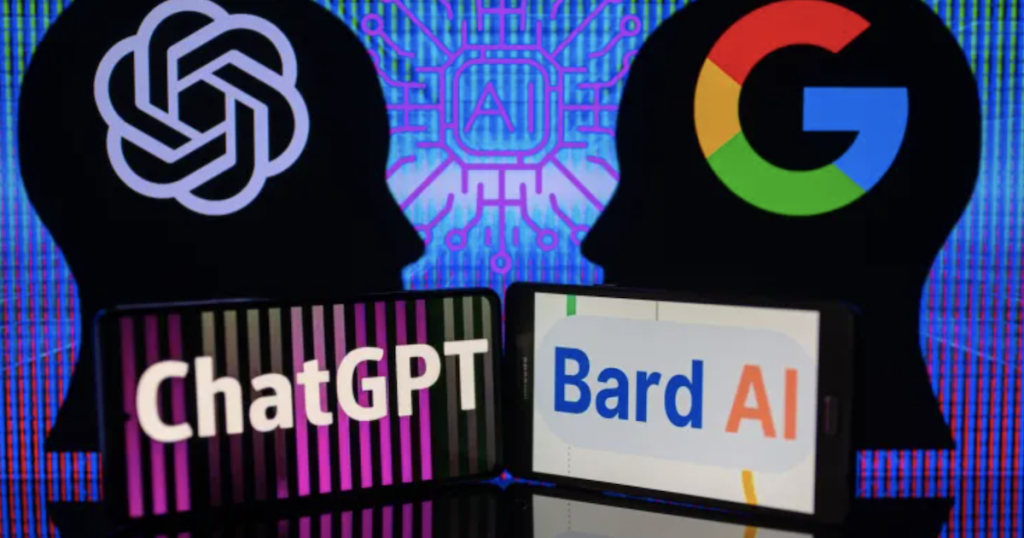Move over metaverse and NFTs, generative artificial intelligence (AI) is all the buzz right now in the tech space.
AI image generation models such as DALL-E and chatbots such as ChatGPT have garnered much attention, with venture capital funding of generative AI hitting US$49 billion last year — a 40 per cent increase from 2021.
But this is only just the beginning for the tech. Unlike Bondee and other similar tech developments, generative AI is not merely a fleeting trend, but here to stay given the potential it has to simplify mundane tasks, especially after the advent of Microsoft-backed ChatGPT.
In fact, the chatbot is even touted to be “a watershed moment for AI, possibly akin to the 1969 moon landing” by Chinese experts in the AI field.
Providing accurate, natural-sounding answers to questions, and even generating creative suggestions, the chatbot has potential to become an indispensable tool for people from all walks of life — threatening the positions of existing tech giants in the space.
Tech giants are jumping on the AI chatbot bandwagon
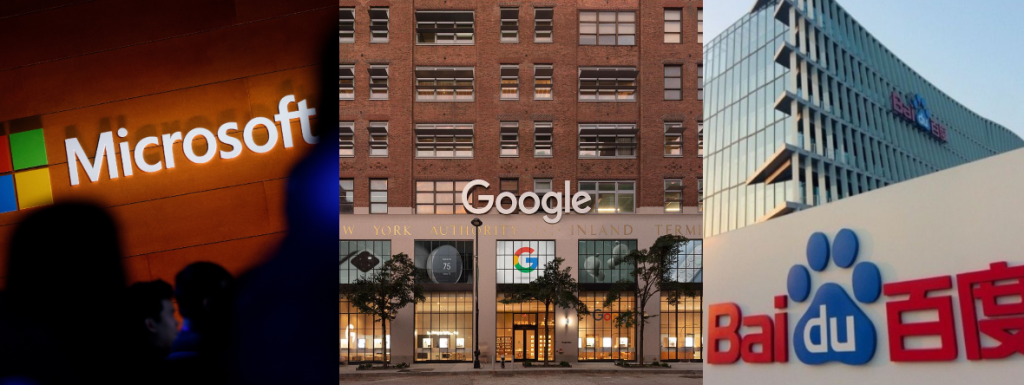
Not too long after ChatGPT’s rise, tech giants have been racing to produce their own iterations (and “better versions”) of generative AI.
On February 6, Google’s CEO Sundar Pichai announced the launch of Bard, Google’s AI chatbot. Right now, the experimental conversational AI is available to selected beta testers, and will be rolled out to the public in the next several weeks.
To further bolster its capabilities in AI, Google has also invested about US$300 million into AI startup Anthropic.
Chinese Internet giant Baidu, on the other hand, joined the AI race and announced its plans to launch its own version of ChatGPT, Ernie, short for “Enhanced Representation through Knowledge Integration”. The chatbot is currently going through an internal testing.
Meanwhile, Microsoft — who has been constantly investing over billions in OpenAI, ChatGPT’s parent company, since 2019 — plans to integrate the chatbot into some of its existing services including Bing, Microsoft Edge and Microsoft Teams, to further streamline these services.
The all new AI-powered Bing and Microsoft Edge can be previewed on www.bing.com/new as it is not open to everybody yet. You can, however, join a waitlist on the preview page for this new offering.
On the flip side, Microsoft Teams now has a paid tier which is integrated with ChatGPT. The premium service will generate automatic meeting notes, recommend tasks and help create meeting templates for Teams users, among other features.
Microsoft Teams Premium currently costs S$7 per month and is set to increase to S$10 per month from July onwards.
The AI race heats up
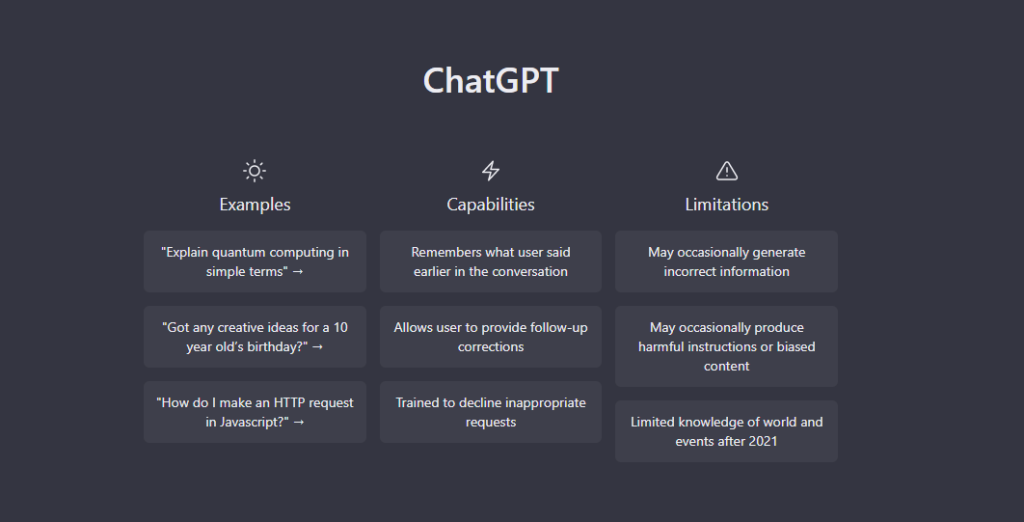
As competition brews in the generative AI space, these firms are trying to put out their own generative AI as fast as they can to capture market share in the unsaturated market.
But is this necessarily a good thing? Not so much.
While competition is necessary in order to provide greater incentives to businesses to produce better and more innovative products in the market, putting out generative AI too early would mean that the AI would be laden with errors.
The very reason why ChatGPT rose to popularity was because of how it was trained based on about 10 per cent of the internet. Although not as innovative as it may appear, OpenAI took generative models developed by academics and invested millions of dollars to come up up with the latest version of ChatGPT, which took them a few years to do so.
This is because the size of an artificial neural network greatly impacts its abilities.
With Baidu and Google rushing to put out their own generative AI models, there might be a chance that these models are put out prematurely and are not trained with a large enough data set.
In fact, Google’s Bard AI ended up costing the company US$100 billion in market capitalisation a day after its hasty release. Putting out incorrect facts during a promotional video, the chatbot decreased investor confidence in the parent company of Google, Alphabet.
Another example of a prematurely released chatbot would be Microsoft’s Tay, which was released on Twitter in 2016. Designed to mimic the language patterns of a 19-year-old American girl, the AI was supposed to learn from human interactions within the Twitter app.

But things turned ugly in less than 24 hours after the chatbot’s release — Microsoft had to recall Tay because it spewed out racial slurs, defended white-supremacist propaganda, and even called for genocide.
Thus, it is important that these chatbots are trained with a huge data set — even ChatGPT occasionally comes out with wrong answers although being trained on one tenth of the Internet.
Practical use cases of generative AI
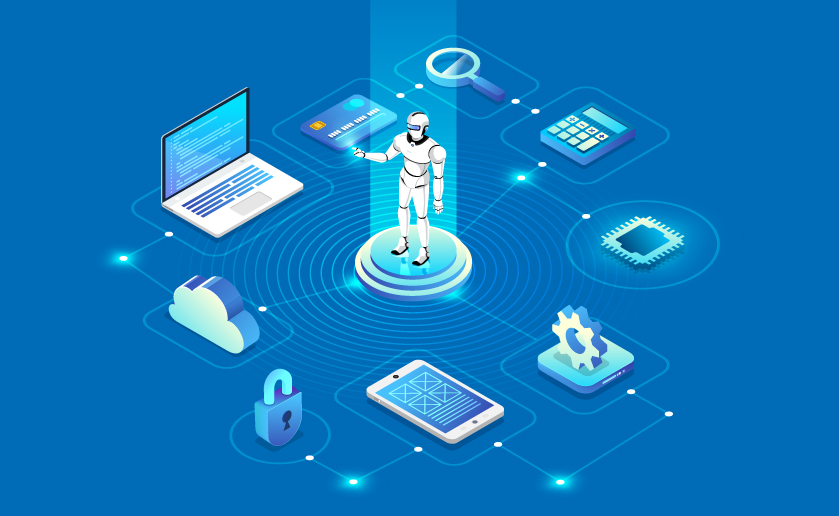
Nonetheless, the breakthrough of generative AI in 2022 has the potential to drastically transform many industries on a global scale.
Most AI tech today are classifiers, meaning that it can distinguish between two different objects, for example, a dog and a cat. Generative AI, however, takes this to new heights by generating an image of a dog or a cat that does not exist in real life.
This means that beyond simplifying processes in certain industries, generative AI can be used to innovate new solutions for issues within these industries.
In the healthcare sector, the tech can help streamline drug discovery and development by identifying potential drug candidates, create personalised treatment plans for patients, as well as improve the accuracy and efficiency of medical imaging techniques.
Meanwhile, the use of generative AI can also bring about big changes in the fintech sector, namely for financial forecasts and scenario generation, according to Michael Schrage, a research fellow at the MIT Sloan School Initiative on the Digital Economy.
Aside from this, the tech can also be used to provide unbiased AI-supported financial advise for clients, equipping them with a more comprehensive and customised financial plan.
Generative AI in the education industry, on the other hand, can be used to curate new teaching materials, such as questions for quizzes and summaries of concepts, as well as create virtual tutoring environments, where students can interact with a virtual tutor and receive real-time feedback and support.
In the creative industry, AI can also be used for a multitude of reasons — from creating different forms of art such as sculptures, music and paintings, to coming up with new designs for the clothing sector.
These use cases are just the tip of the iceberg, and generative AI has so much more potential to produce solutions to a myriad of problems we face today.
Can AI replace your job?
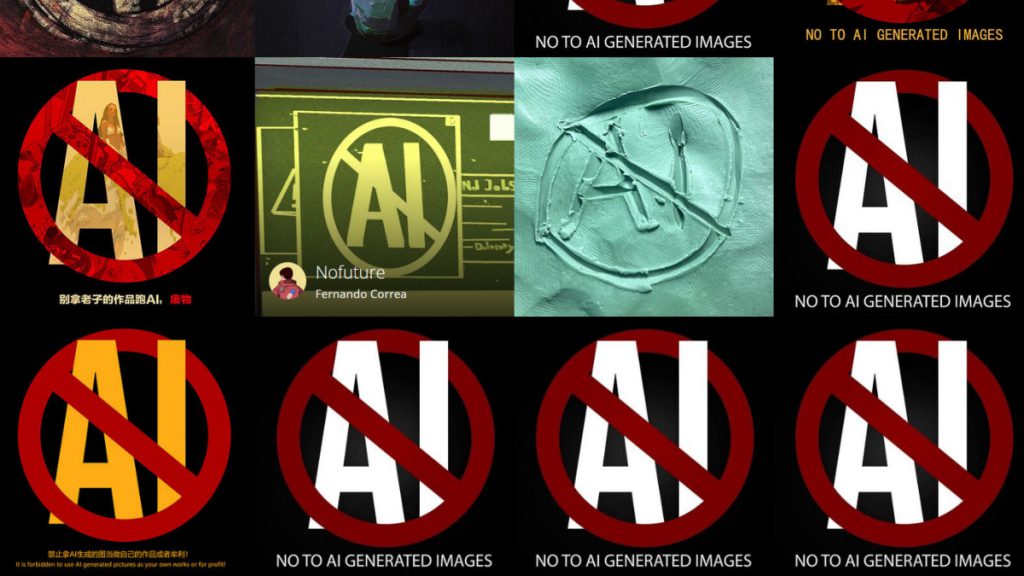
Despite the prospects of generative AI, not everyone is too excited about these developments.
When image generation AI became popularised, artists campaigned online against galleries and platforms that showcased generative AI content.
In December 2022, VICE reported that ArtStation, a platform that allows game, film, media, and entertainment artists to connect and showcase their portfolios, was flooded with the same image posted over and over by different artists — a large red “no” sign covering the word “AI”, paired with a caption that read “NO TO AI GENERATED IMAGES” to protest against AI-generated art.
Now with the advent of ChatGPT, writers and tech coders share the same fears as artists — that their jobs would be replaced by AI. These fears aren’t baseless, as the World Economic Forum has estimated that AI will replace some 85 million jobs by 2025.
Without a doubt, AI can definitely finish tasks quicker and more accurately than humans. But that being said, AI can never truly replace humans.
Machine intellect and human intellect are completely different — AIs lack emotional intelligence and can never be truly creative as content is generated based on what the model is trained on. Hence, there will always be a need for human intervention for the long-term development of AI.
Featured Image Credit: Jonathan Raa | Nurphoto | Getty Images


